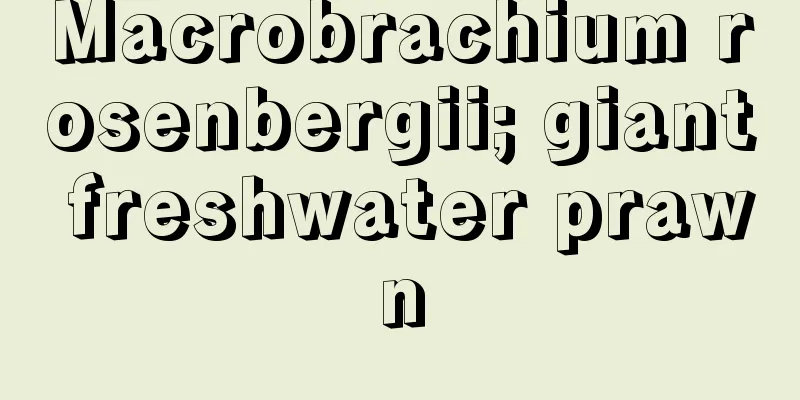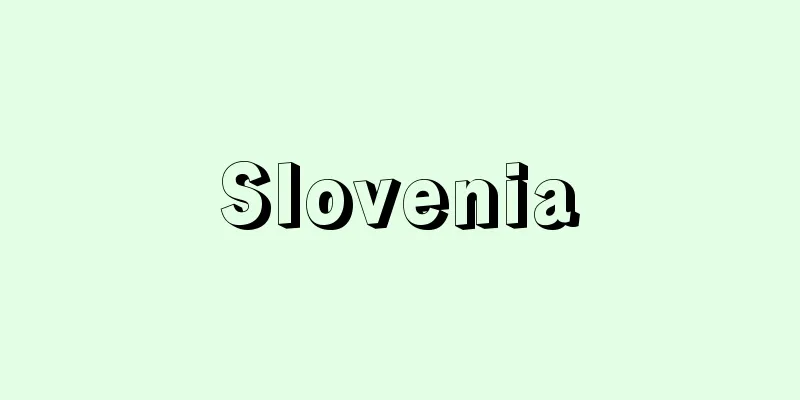Color Centers

|
They are also called color centers. When transparent alkali halide crystals are exposed to radiation at room temperature, they become beautifully colored. In NaCl, the color is amber, in KCl, the color is red, and in KBr, the color is blue. The centers that cause this coloring are called color centers. The same colors can also be obtained by heating the crystals with an alkali metal, or by passing an electrolytic current through a pointed cathode and then quenching them. These methods are called additive coloring and electrolytic coloring. There are two types of color centers: F-type (or electron) centers (F centers), in which electrons are trapped in lattice defects, and V-type (or hole) centers (V centers), in which holes are trapped. The former type includes F, M, R, and N centers, all of which have absorption bands in the visible range. On the other hand, V-type centers include VK , H, V1 to V4 centers, and the like, and have absorption bands mainly in the ultraviolet range. When colored by radiation, F-type and V-type centers are created at the same time, but they fade easily due to the recombination of electrons and holes (see other terms: recombination centers) caused by light or heat. On the other hand, in the case of addition coloring, since only F-type centers are present, the color is stable, but interconversion between centers occurs due to light or heat. For example, in the case of NaCl, heating causes the color to change to red or blue. This is the reason for the naturally occurring blue rock salt. M, R, and N centers are groups of two, three, or four F centers, and are also called F-aggregated centers. Similar coloring phenomena occur in halide and oxide crystals of divalent metals. Source: Morikita Publishing "Chemical Dictionary (2nd Edition)" Information about the Chemical Dictionary 2nd Edition |
|
着色中心ともいう.透明なハロゲン化アルカリの結晶に室温で放射線を照射すると美しく着色する.NaClではこはく色,KClでは赤色,KBrでは青色である.この着色を示すもととなる中心を色中心という.結晶をアルカリ金属とともに加熱したり,先のとがった陰極を用いて電解電流を流して急冷しても同じ色がつく.これらの方法を付加着色,電解着色という.色中心には,電子が格子欠陥にとらえられたF型(または電子)中心(F中心)と,正孔がとらえられたV型(または正孔)中心(V中心)とがある.前者に属するものには,F,M,R,N中心などがあり,いずれも可視域に吸収帯をもつ.他方,V型には VK,H,V1~V4 中心などがあり,主として紫外域に吸収帯をもつ.放射線による着色ではF型とV型中心が同時につくられるが,光あるいは熱によって電子と正孔の再結合([別用語参照]再結合中心)が起こるため容易に退色する.一方,付加着色の場合にはF型中心のみができるので着色は安定であるが,光または熱によって中心間に相互変換が起こる.たとえば,NaClの場合,加熱によって赤,青色へと変化する.天然に産出する青い岩塩はこうした原因による.M,R,N中心は,F中心が2個,3個,4個集まったもので,F-aggregated centersともよばれる.二価金属のハロゲン化物,酸化物結晶においても同様の着色現象が起こる. 出典 森北出版「化学辞典(第2版)」化学辞典 第2版について 情報 |
Recommend
greatest lower bound
...For example, the upper limit of E = {1-1/ n | ...
Utrecht Psalter - Utrecht Psalter
This illustrated manuscript is thought to have bee...
Norman Dynasty
An English dynasty (1066-1154). As a result of the...
Onejime Port
A port in Kinko-cho, Kimotsuki-gun, Kagoshima Pref...
Radio drama - rajiodorama
A drama program broadcast on the radio. Also call...
Ergometrin
…Cows are weaker than horses. [Medicinal] Ergot c...
Beringia
...This refers to the land that became land durin...
Yun Pil Shang - Inhitsusho
… In Western Asia, Muhammad ibn Muhammad wrote Th...
Emperor Sakuramachi
The 115th Emperor (reigned 1735-47). Teruhito was...
The origins of the mountains
This is a record of the origins and history of Mou...
Orcagna, N. - Orcagna
…Italian painter, sculptor, and architect. His br...
Kanjuro Canal - Kanjuro Canal
A canal that connected the southwestern bank of La...
Living spirit - Ikimitama
…There are no records of gift-giving on this day ...
Dendroaspis jamesoni (English spelling) Dendroaspis jamesoni
… [Takahiro Matsui]. … *Some of the terminology t...
Local minimum - local minimum
The value when a function reaches a minimum. Sourc...

![Itamuro [Hot Spring] - Itamuro](/upload/images/67caebd96c53f.webp)







